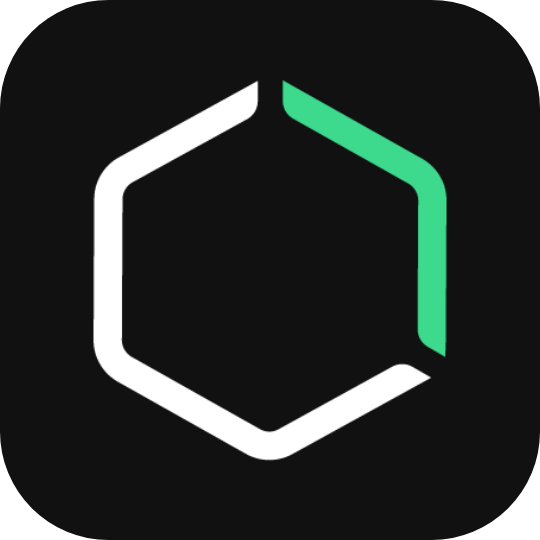
The biggest challenge in leadership development is time constraints faced by the leaders themselves.
Selen Turner
In this edition of our new Leadership Development Interview Series, we sat down with Selen Turner who told us about some of the programs she’s worked on in her role as Global Talent Director at Cordis. She shared some fascinating insights into the importance of continuous improvement, constantly striving to meet learners where they are, and the challenges of engaging busy leaders.
Selen, can you tell us a bit about yourself and your current role?
I am the Director of Talent Development, Talent Management, and Learning at Cordis. My role involves overseeing learning and development, as well as all aspects of talent management. We’re in the process of transforming the organization, focusing on culture and behavior change to drive success. Cordis, with over 60 years of legacy in the medical device field, recently became a standalone company, and we’re now in our third year of this exciting journey.
What are the current top 1-2 pain points when it comes to people, culture and teams? Why is this an issue, you think?
The major pain points are the volatile market trends and the fast-paced change in needs, especially being a global company operating in over 70 countries. Balancing the global nature and understanding the needs of each country while ensuring that our talent and learning team can meet our learners where they are is a challenge. Additionally, stabilizing budgets and managing expenses are universal challenges across companies.
What have you tried to resolve or tackle that?
To tackle these challenges, we’ve emphasized continuous improvement and revisiting existing policies to create the company we want. We identified nine critical skills that everyone in the organization should embody, such as continuous improvement, creativity, innovation, and decision-making. We’ve developed a program called “Transformation Trendsetter” with a blended learning approach, integrating self-paced content, workshops, and leadership development programs focused on various aspects like building trust and empowering decision-making.
Which tools and programs do you have in place, and how do you currently select new leadership talent to develop?
We use a variety of programs and tools for leadership development, including Seasoned Leaders, New People Manager Program, and Aspiring People Manager Program. These are designed to cater to different levels of leadership and potential leaders. We use surveys like the Voice of the Teammate to gauge engagement and understand needs, and we hold managers accountable for including survey feedback in their goal-setting process. Our programs are designed to enable, empower, and engage, focusing on nurturing the right behaviors and capabilities in leaders.
What are some current challenges with leadership development overall in your company? What are hard parts about developing leaders?
The biggest challenge in leadership development is time constraints faced by the leaders themselves. Despite best-in-class program designs, the attention and time of our learners are often divided due to their daily responsibilities and urgencies. Facilitating engagement and ensuring continuous learning amidst these constraints is a significant challenge.
What does leadership mean to you, and which skills do people need to succeed as a leader?
Leadership, to me, is about enabling, empowering, and engaging. It involves nurturing an environment where ideas are heard, making decisions, and engaging teams in discussions and thought processes. Leaders need to enable behaviors that align with organizational goals, encourage continuous improvement, and engage their teams in meaningful ways.
Have you considered using AI tools in developing the future generation of leaders? Why/why not?
I am interested in AI, especially in automating talent processes and creating valuable data-driven decisions. AI simulations for leadership development are also being considered, as they offer a safe space for leaders to practice conversations and decision-making. However, the human element in facilitation and real-life coaching cannot be replaced by AI. I am particularly excited about AI’s potential in HRIS implementations to enhance data analytics and insights.
What applications of AI seem most promising to you from a leadership development standpoint? Where does AI fall flat?
The most promising AI applications in leadership development lie in data analytics and simulation-based learning for practicing leadership skills. AI can create more valuable data for better decision-making and offer realistic simulations for leaders to practice and learn. However, AI falls short in replacing human facilitation and coaching, which are crucial for real-life application and understanding of leadership challenges. The combination of AI and human interaction is essential for effective leadership development.
To learn from more experts on how to grow leaders at your company, check out our full list of interviews here.
If you’re looking to grow future leaders at your own company, get in touch to see how Bunch can enable you to give every person in your company a personalized, continuous development program in just 2 minutes a day.





